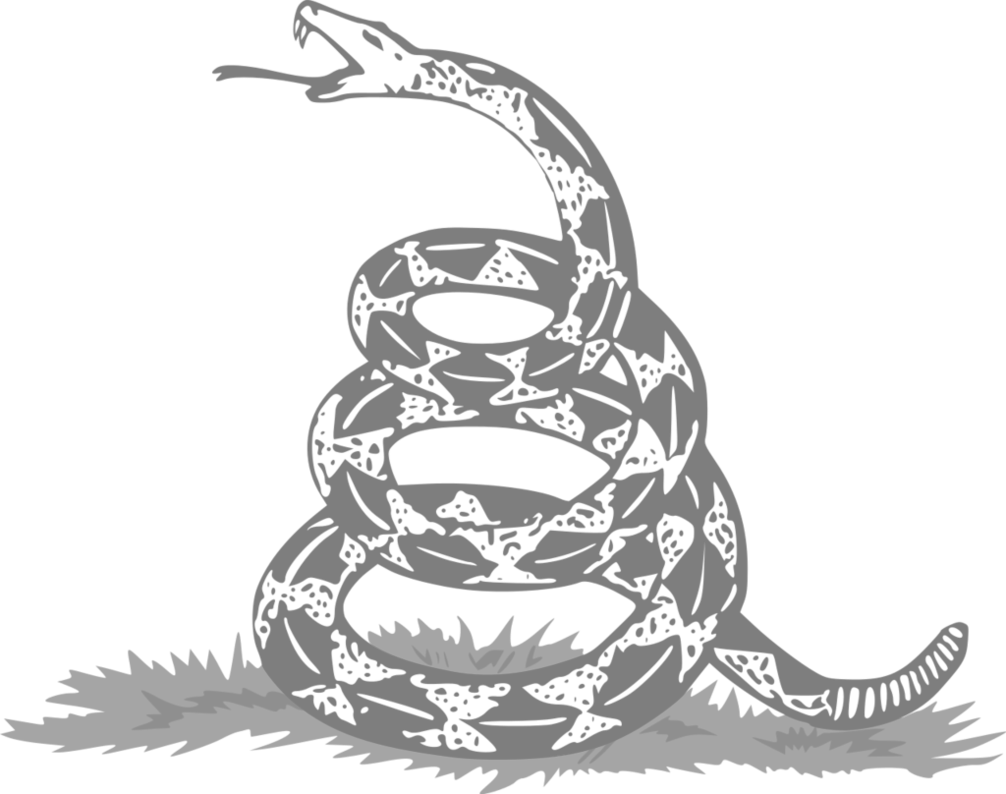Non-Aggression Principle
What is the Non-Aggression Principle? [1] by Andrew F. Boardman Why can't we all just get along?
There are two ways to approach at that old question; look at the violence and hatred that surround us every day in our lives, and wonder what has the world come to, what horrors the future holds for us and our children.
The second is a bit more 'half-full'. How many people have, in fact, not gone postal? How many of your neighbors are peaceful, law-abiding, and caring of other human beings?
Take the plot of many children's cartoons, or any spy thriller. There are many, many ways out there to wreak terrible devastation on large numbers of people. If enough people were trying, eventually someone would most likely succeed. Instead, the unfortunate events when a number of people are injured or small number of people die is a big news item.
Most people are pretty decent to each other, most of the time.
Because of our relative peace for the last 50+ years, the world has experienced incredible growth and prosperity. Peace pays.
The Non-Aggression Principle formalizes a way of living that many people already believe in:
No one has the right, under any circumstances, to initiate force against another human being, nor to delegate its initiation.
-- L. Neil Smith To initiate force is to strike first. Self-defense, the response to initiated force, is not only considered Principled, but to many of the proponents of the Non-Aggression Principle it is a necessity.
To lead a principled life, one must ensure that one is never initiating force. This is both easier and more difficult than you might imagine. In day to day life, many people live principled lives whether or not they think about it that way, because many of us are raised to abide by it (though not in those exact terms).
It is more difficult in politics, where voting for someone may mean delegating the initiation of force through them (and in this day and age, almost always does).
